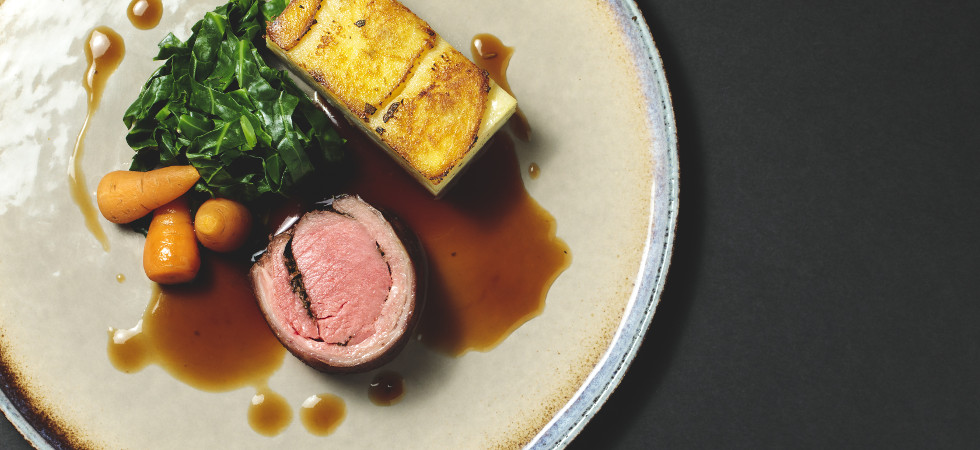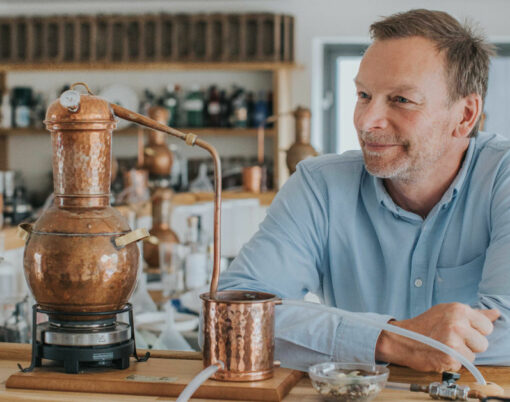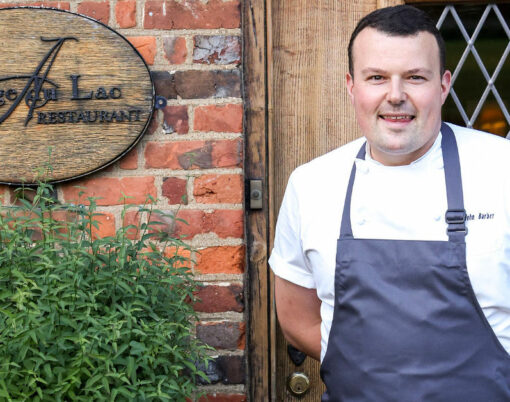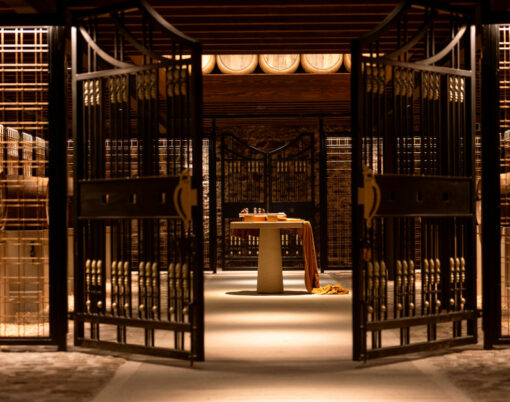If you are an enthusiastic home cook, you will have most definitely experienced the dread of spending hours creating every crucial element of the ‘perfect dish’, only to have all your hard work undone by your plating abilities. Sure, the food tastes amazing but a dish that has just been piled onto a plate doesn’t necessarily scream ‘eat me’ and let’s face it, we all eat with our eyes before the food even touches our mouths.
Cooking for many people is a great way to channel emotion onto a plate. Taking a memory or a feeling and turning it into a piece of edible art is a talent that many amateur cooks wish to pursue. Like most skills it is developed over time and sometimes requires some advice from a professional.
When it comes to the way you present a dish there are many factors to consider, from the plate itself to the texture and colour of the ingredients. The food industry has many trade secrets to help people plate the perfect dish. Renowned chef and owner of George’s Kitchen, George Rouse, has shared his seven top tips on how to plate like a pro.
Plate? You mean canvas!
Crockery should not be looked at as just a vessel to carry food, instead it should be looked at as a canvas to begin creating a masterpiece! A simple rule is that the plate is working as a backdrop for the food, using clean contrasting tones to highlight the colours of your ingredients. If you don’t want to go out and buy hundreds of different plates, try buying just two sets, one in brilliant white and the other in a matte black. This should be a good start with most dishes, to add a bit of texture try looking for wood grained place mats or textured charger plates.
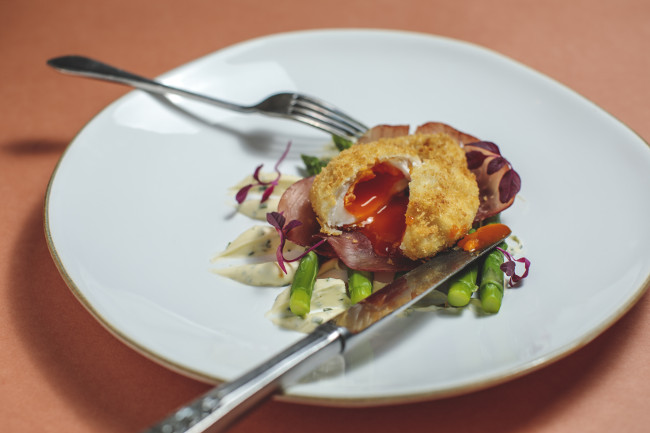
Preparation is key
Before presenting, it is very important that you have every element of your dish ready and laid out in front of you, especially if you are looking to plate a number of meals for a dinner party. With everything ready to go in separate containers, you will find it so much easier to repeat the plating process exactly, ensuring everyone around the table has identical dishes.
Keep it odd
If you are serving multiple ingredients on a plate, try to keep the number of those items odd rather than even. This creates a much more artistic feel to the dish and gives you the opportunity to create contrasting shapes with your food such as triangles against the circular plate.
Celebrate the main ingredient
Every dish should have one main ingredient that is the focus point, which is usually the protein element. When plating your dish, this is the time to draw attention to it, so not only must it be cooked to perfection, but it should also stand out on the plate. Simplicity is key for this to work, if you are worried that the main element will get lost within the other ingredients then try separating them. Put the other ingredients in separate small side bowls and focus on how you can best plate that one main ingredient.
Let’s talk layers
Of course, one of the main things to consider when creating a dish is how it will all taste together. When plating a dish you must consider this and plate the ingredients exactly how you want them to be eaten. A good technique is to layer your ingredients and ensure guests will get a good flavour with every bite with a mix of flavours in every mouthful. Layering also brings height to the dish which adds a dynamic level to the overall plate of food. The dish is then built upwards rather than spread around the plate meaning more of the plate will be on show, creating a minimalist feel to the dish.
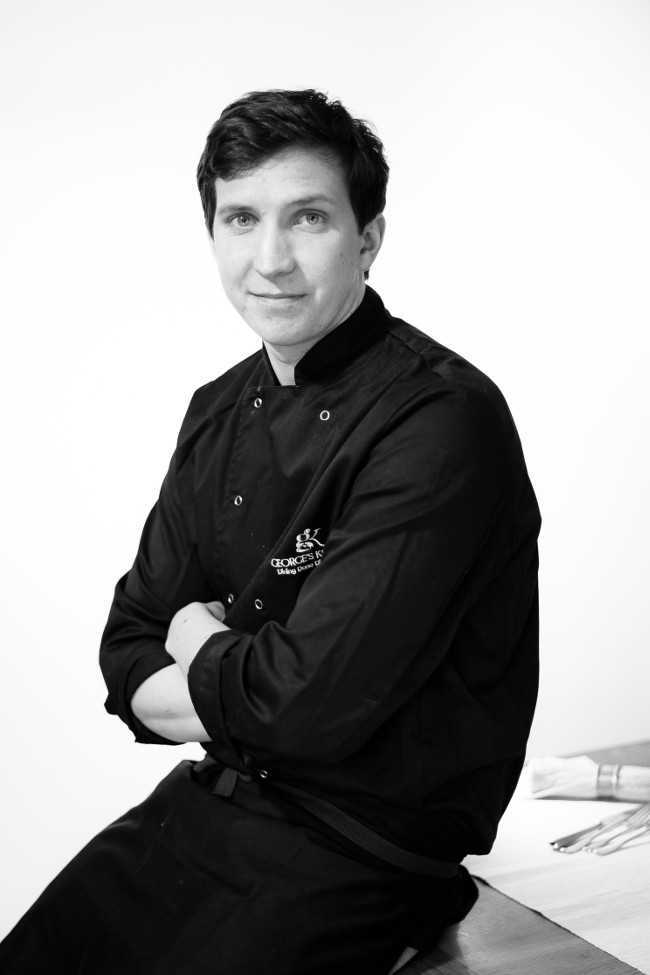
Positioning the food
With many dishes, the default when plating is to head straight to the centre of the plate -which in most cases is absolutely fine. However, if you offset the ingredients to one side of the plate it throws the focal point away from the centre, again utilising the plate itself as a contrasting factor against the food. Try playing around with different positions and angles on the plate and see where it catches your attention the most.
Tools of the trade
When plating food to a professional standard, it is important that you have the correct tools to do so. Look out for garnishing kits, as they will often have everything you need to apply the ingredients to the plate with precision and purpose. Like with most jobs, you stand a much better chance with the correct tools.
Plating food is mainly a case of trial and error; however, cooking should be fun, so always keep that at the heart of what you’re creating. Try not to beat yourself up if it doesn’t work out first time around, worst case scenario is you will just have to make and eat all that delicious food again. If you are really struggling to see how to plate your meal, then try drawing it out ahead of time on paper, a rough sketch will give you a better idea of how it will look when completed and can be used as a reference when it finally comes to plating your dish. Be cautious of your portion sizes, just because you want it to look pretty doesn’t mean the meal has to break away from a healthy balanced diet.
For more information on George’s Kitchen, visit georgeskitchen.co.uk.












